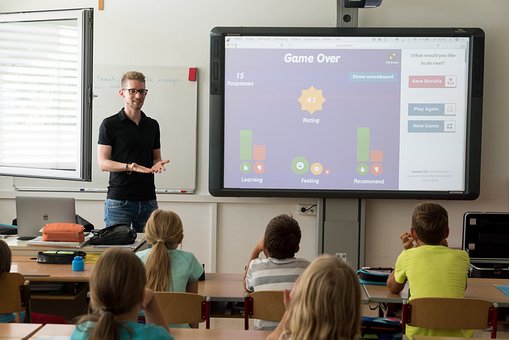Now that we understand the basics of reading skills In this blog post, I myself will be discussing some of the most effective reading strategies and skills with you today, and these reading strategies and skills including pre-reading techniques, active reading, and post-reading strategies. Now, let’s get started
>> See This suggestion: What is The Most Successful Reading Programs for Struggling Students
Active Reading

Active reading is a reading strategies and skills that involves engaging with the text actively. It’s an approach that encourages readers to ask questions, make connections, and actively participate in the reading process. Active reading involves pre-reading, reading, and post-reading activities.
Pre-reading activities:
involve scanning the text for headings, subheadings, and any bolded or italicized words. This helps readers to get an idea of the content and structure of the text before they start reading. It’s also helpful to set a purpose for reading, such as finding specific information or understanding a particular concept.
During reading,
readers should take notes, highlight important information, and ask questions about the text. These activities help to maintain focus and engagement with the text.
Post-reading activities
involve summarizing the text, reflecting on what was learned, and making connections to other texts or experiences. These activities help to consolidate learning and enhance retention.
Skimming and Scanning
Skimming and scanning are two reading strategies and skills that can help readers quickly identify relevant information in a text.
Skimming involves quickly reading through a text to get a general idea of its content. Skimming is useful when you need to quickly assess whether a text is relevant to your needs or when you need to get an overview of a text before reading it in more detail.
Scanning involves searching a text for specific information. When scanning a text, you should have a specific question or keyword in mind, and you should focus on finding that information quickly.
Both of these strategies can help you save time and improve your efficiency when reading.
SQ3R Method

The SQ3R method is a popular reading strategy that involves five steps: survey, question, read, recite, and review.
- Survey: Before reading a text, skim through it to get an idea of its structure and content.
- Question: Formulate questions based on the headings, subheadings, and other information in the text. These questions should guide your reading and help you to focus on important information.
- Read: Read the text carefully, taking notes and highlighting important information.
- Recite: After reading a section of the text, recite or summarize the information in your own words. This helps to consolidate learning and enhance retention.
- Review: After finishing the text, review the information and summarize it again. This helps to reinforce learning and identify any gaps in your understanding.
Mind Mapping
Mind mapping is a technique that involves visually organizing information. Mind maps are diagrams that use branches to connect ideas and concepts.
To create a mind map, start by writing the main idea or topic in the center of the page. Then, branch out to subtopics and related ideas, using lines and connecting words to show the relationships between them. Mind mapping is a useful technique for organizing and summarizing information, making connections between ideas, and enhancing retention.
Chunking
Chunking is a reading strategies and skills that involves breaking down a text into smaller, more manageable parts. This can be particularly useful when reading longer or more complex texts.
To chunk a text, start by identifying the main ideas and subtopics. Then, break the text down into smaller sections, focusing on one section at a time. After reading a section, take a break to reflect on what was learned before moving on to the next section.
Chunking can help to reduce overwhelm and improve comprehension by breaking down the text into more manageable parts.
Annotation
Annotation involves marking up a text with notes, highlights, and underlines. This can be an effective way to engage with the text actively and make connections between ideas.
When annotating a text, use symbols or color-coding to mark important information, questions, and connections to other texts or experiences. Annotation can help to improve comprehension, retention, and critical thinking skills.
Predicting
Predicting involves making educated guesses about what will happen next in a text. This can be a useful strategy for improving comprehension and engagement with the text.
To make predictions, use clues from the text, such as foreshadowing or character development. Predicting can help to improve critical thinking skills and encourage readers to actively engage with the text.
><>< See This: Asking Questions Before, During and After Reading [ Best Guide]
Context Clues
Context clues refer to information within the text that can be used to infer the meaning of unfamiliar words or phrases. This can be a helpful strategy for improving vocabulary and comprehension.
Context clues can include definitions, synonyms, antonyms, and examples. Paying attention to context clues can help readers to better understand unfamiliar words and phrases within a text.
Conclusion On reading strategies and skills
reading strategies and skills is a fundamental thing that plays a significant role in our daily lives. Improving reading skills and strategies can lead to better comprehension, retention, and critical thinking skills.
The strategies and techniques outlined in this post can be applied to a wide range of texts and reading situations. Active reading, skimming and scanning, SQ3R, mind mapping, chunking, annotation, predicting, and context clues are all valuable tools for enhancing reading abilities.
By incorporating these strategies into your reading routine, you can become a more efficient, engaged, and skilled reader.





